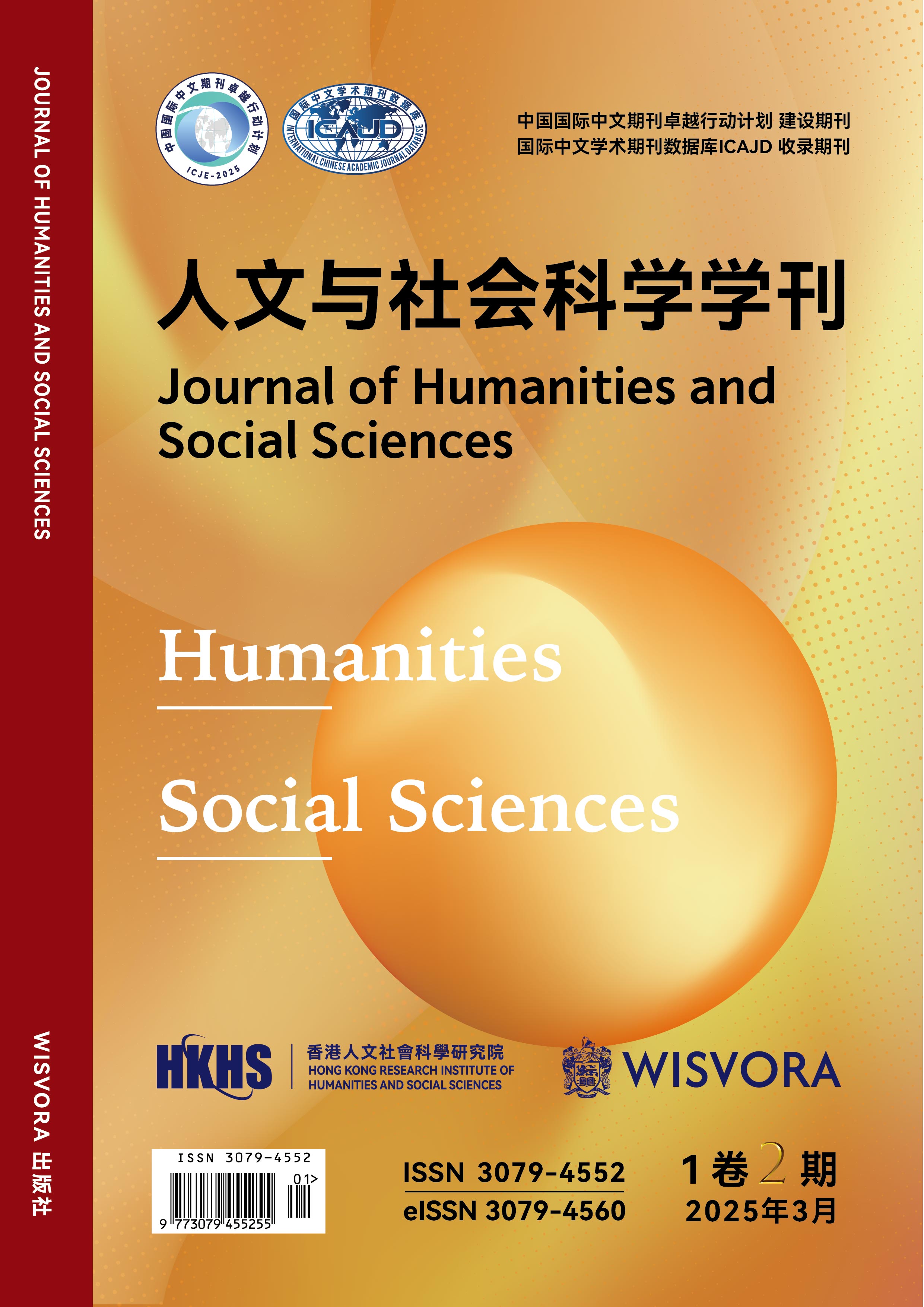Transmission of Cultural Imagery in Translation: An In-depth Exploration Focusing on Literary and Poetic Texts
DOI:
https://doi.org/10.70693/rwsk.v1i2.490Keywords:
Cultural imagery transmission; Translation studies; Literary translation; Poetic translation; Chinese classical poetry; MahabharataAbstract
This study delves into the complexities of cultural imagery transmission in translation, with a particular focus on literary and poetic works. Through a meticulous analysis of the transfer and transformation of cultural imagery—manifested in symbols, metaphors, and idioms—this research addresses critical questions regarding the preservation of source-language cultural imagery and its implications for target-language readers' comprehension. By conducting detailed case studies of the translation of Chinese classical poetry, specifically the works of Li Bai and Du Fu, and the Indian epic Mahabharata, this study not only uncovers the intricate nature of cultural imagery transmission but also proposes practical translation strategies. The research aims to advance the field of translation studies and foster more effective cross-cultural literary exchange.
References
Kern, R., & Schultz, J. M. (2005). Beyond orality: Investigating literacy and the literary in second and foreign language instruction. The Modern Language Journal, 89(3), 381-392.
Bryson, N., Holly, M. A., & Moxey, K. (Eds.). (1994). Visual culture: Images and interpretations. Wesleyan University Press.
Womack, M. (2005). Symbols and meaning: A concise introduction. Rowman Altamira.
Ramazani, J. (2001). The hybrid muse: Postcolonial poetry in English. University of Chicago Press.
Buden, B., Nowotny, S., Simon, S., Bery, A., & Cronin, M. (2009). Cultural translation: An introduction to the problem, and responses. Translation Studies, 2(2), 196-219.
Felber, S. (2005). Chomsky‘s Influence on Eugene Nida‘s Theory of Dynamic Equivalence in Translating. In Bibelübersetzung als Wissenschaft. Aktuelle Fragestellungen und Perspektiven. Beiträge zum Forum Bibelübersetzung aus den Jahren (Vol. 2011, pp. 253-262).
Myskja, K. (2013). Foreignisation and resistance: Lawrence Venuti and his critics. Nordic Journal of English Studies, 12(2), 1-23.
Kuleli, M. (2020). Culture specific items in literary texts and their translation based on “foreignization” and “domestication” strategies. RumeliDE Dil ve Edebiyat Araştırmaları Dergisi, (Ö7), 617-653.
Zerbi, E. More than just translating: the transcreation of advertising campaigns in international marketing.
Silbergeld, J. (1980). Kung Hsien's Self-Portrait in Willows, with Notes on the Willow in Chinese Painting and Literature. Artibus Asiae, 42(1), 5-38.
Lefevere, A., & Bassnett, S. (1998). Constructing Cultures. Multilingual Matters.
Zhirong, Z. (2024). Preface: Characteristics of Chinese Literature and Literary Criticism. In A Survey of Chinese Literature (pp. 1-31). Singapore: Springer Nature Singapore.
Bhattacharjee, A., & Sarkar, D. (2024). Contemporaneity of the Mahabharata Narrative.
Downloads
Published
How to Cite
Issue
Section
License
Copyright (c) 2025 Pengfei Bao

This work is licensed under a Creative Commons Attribution 4.0 International License.



















 人文与社会科学学刊© 2025 已获得
人文与社会科学学刊© 2025 已获得 

